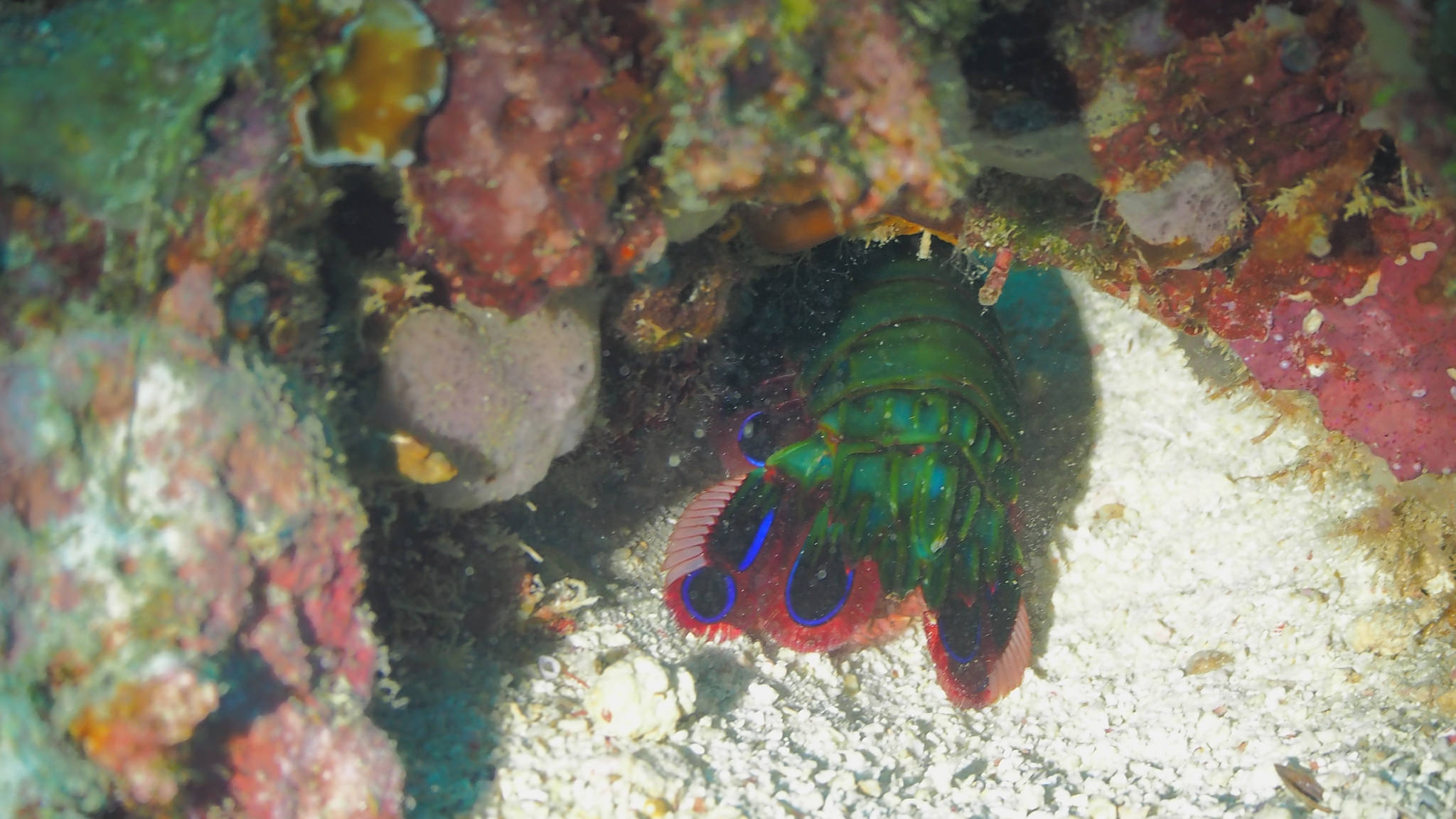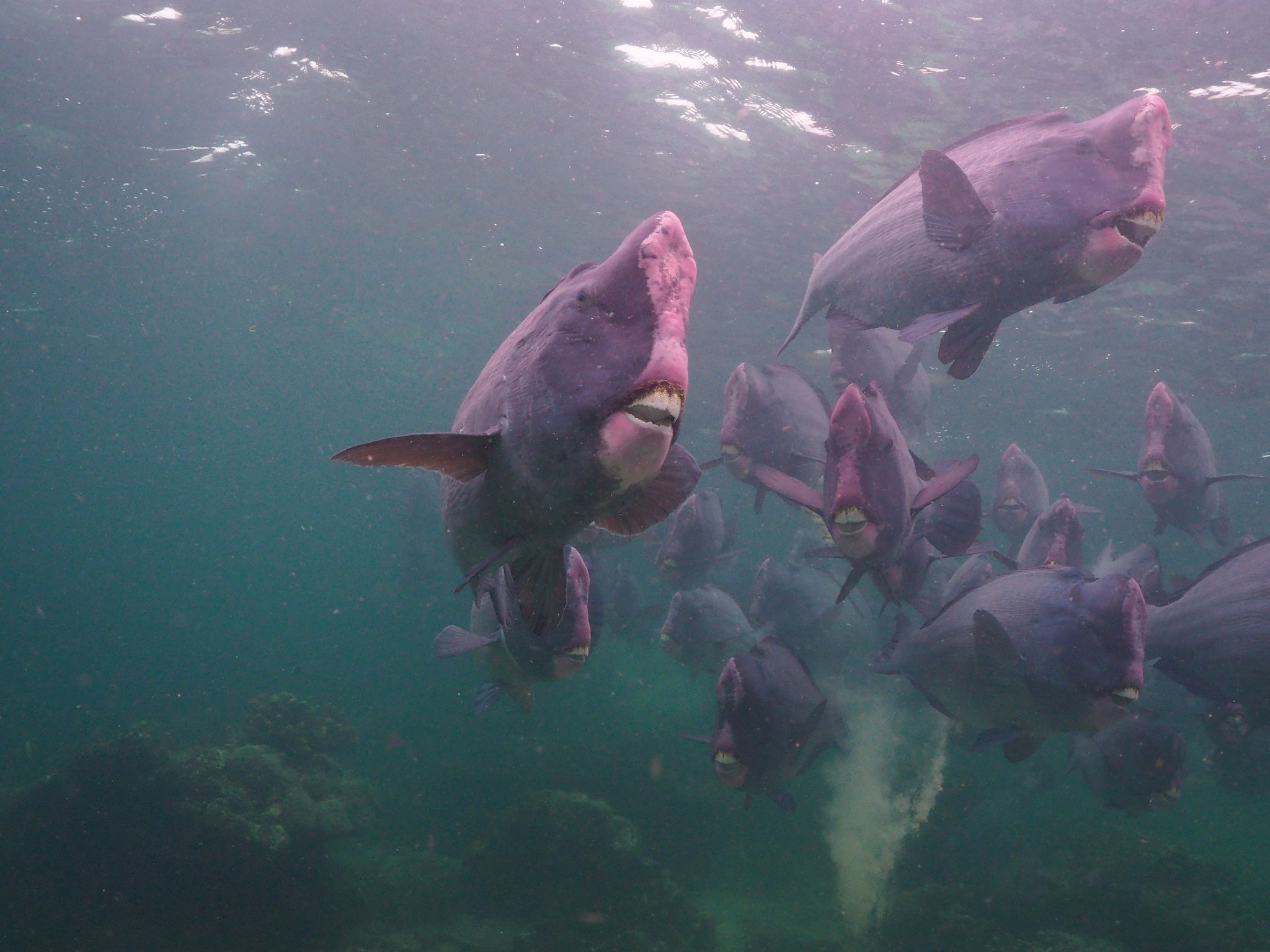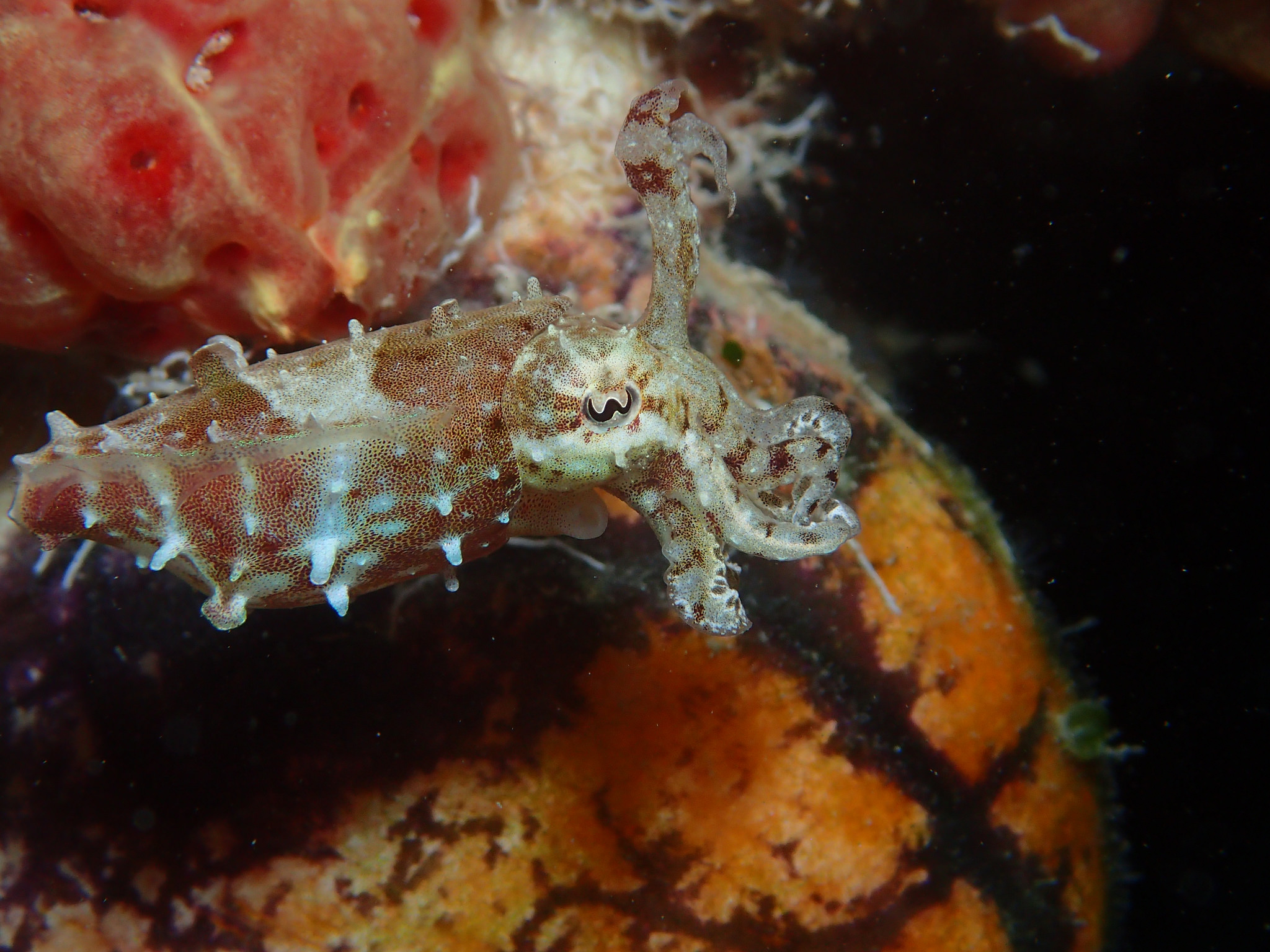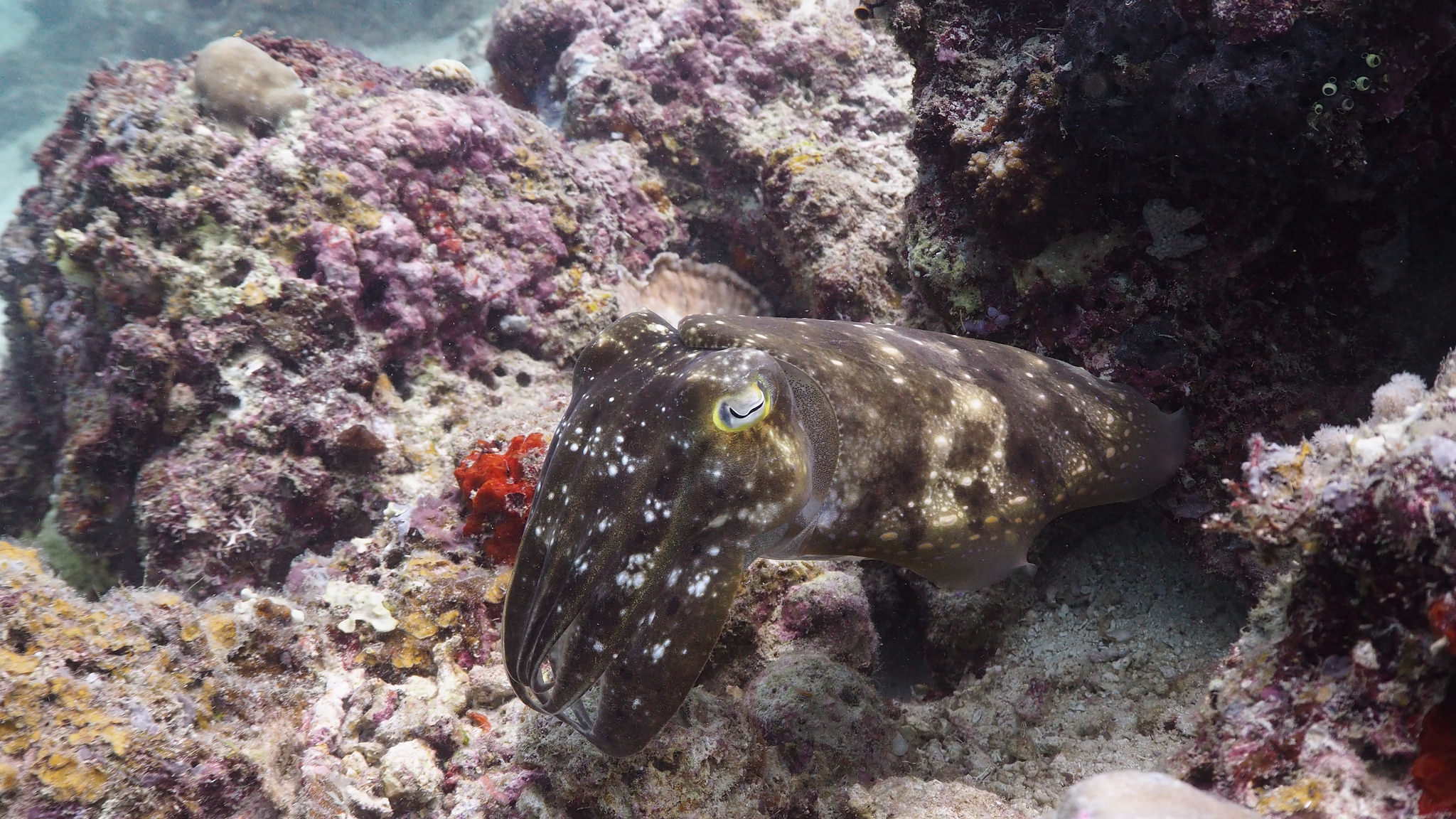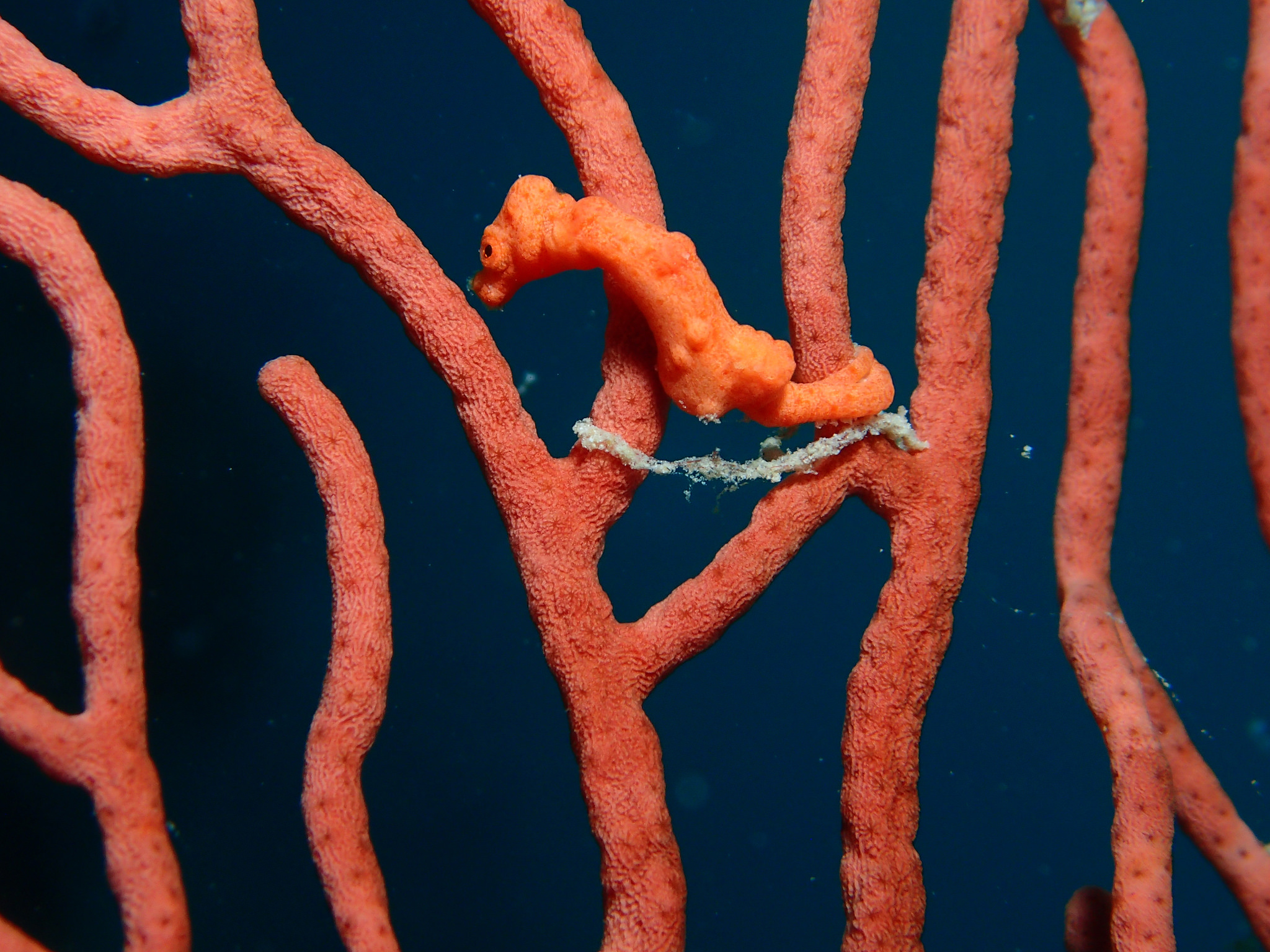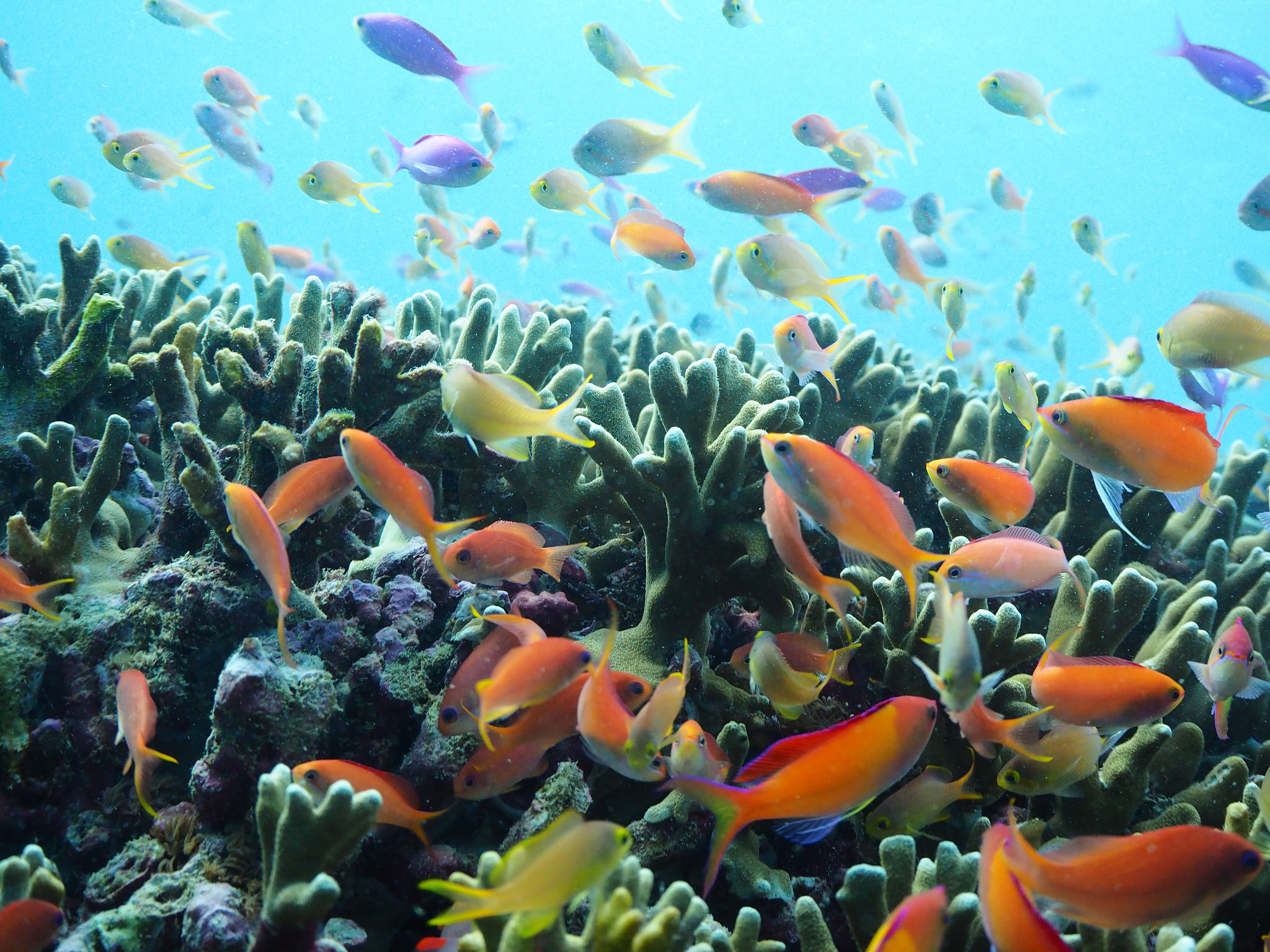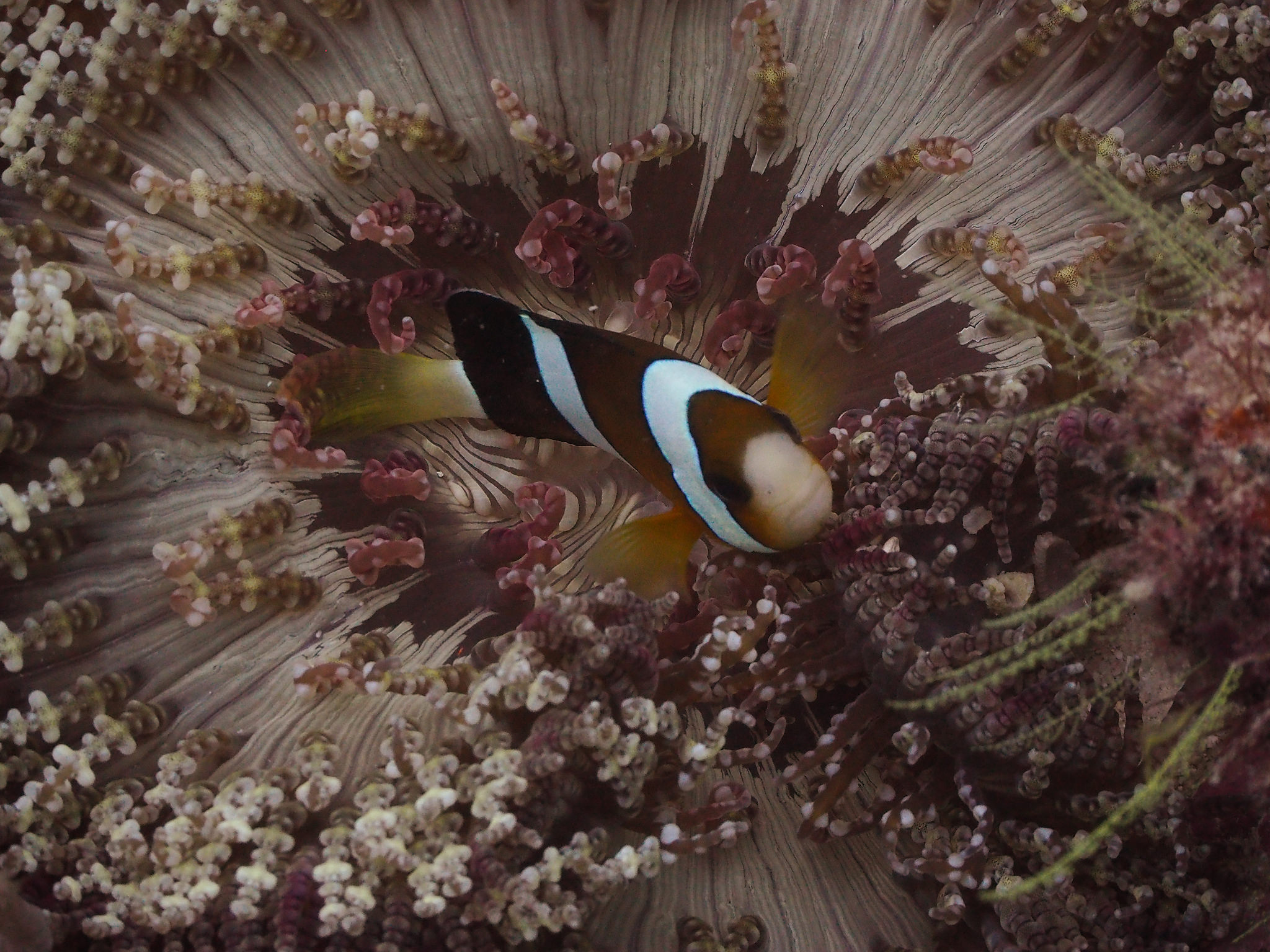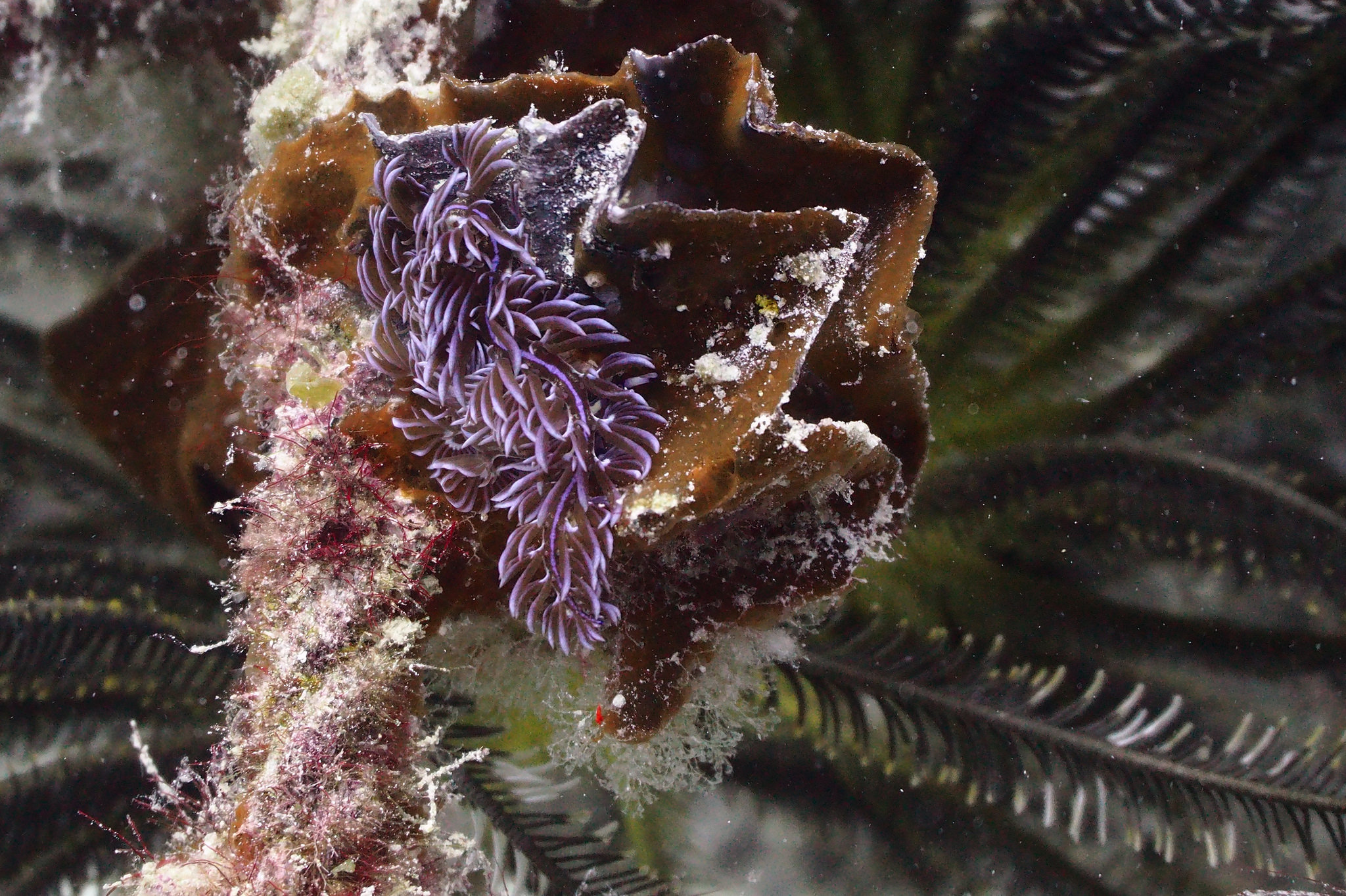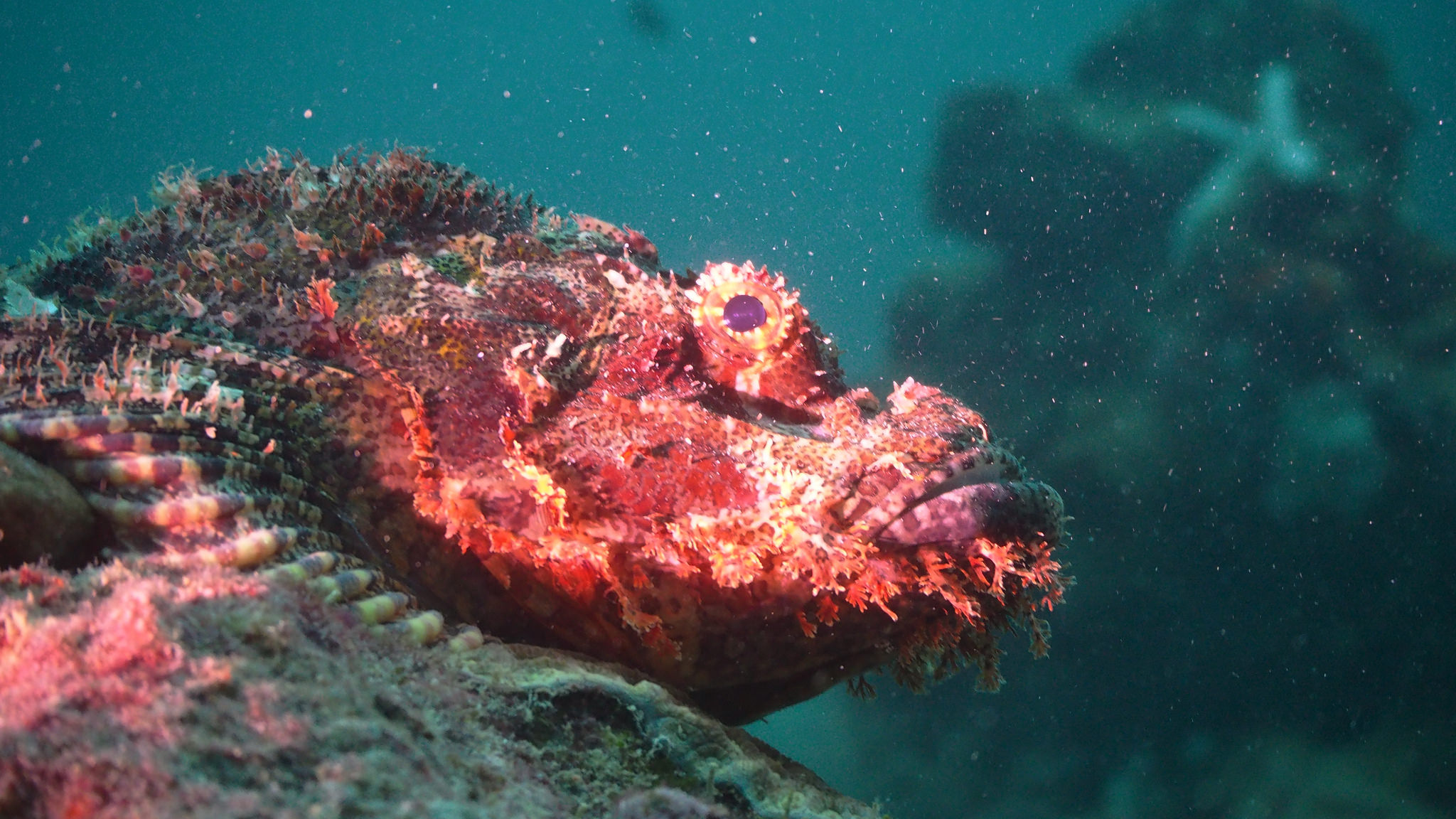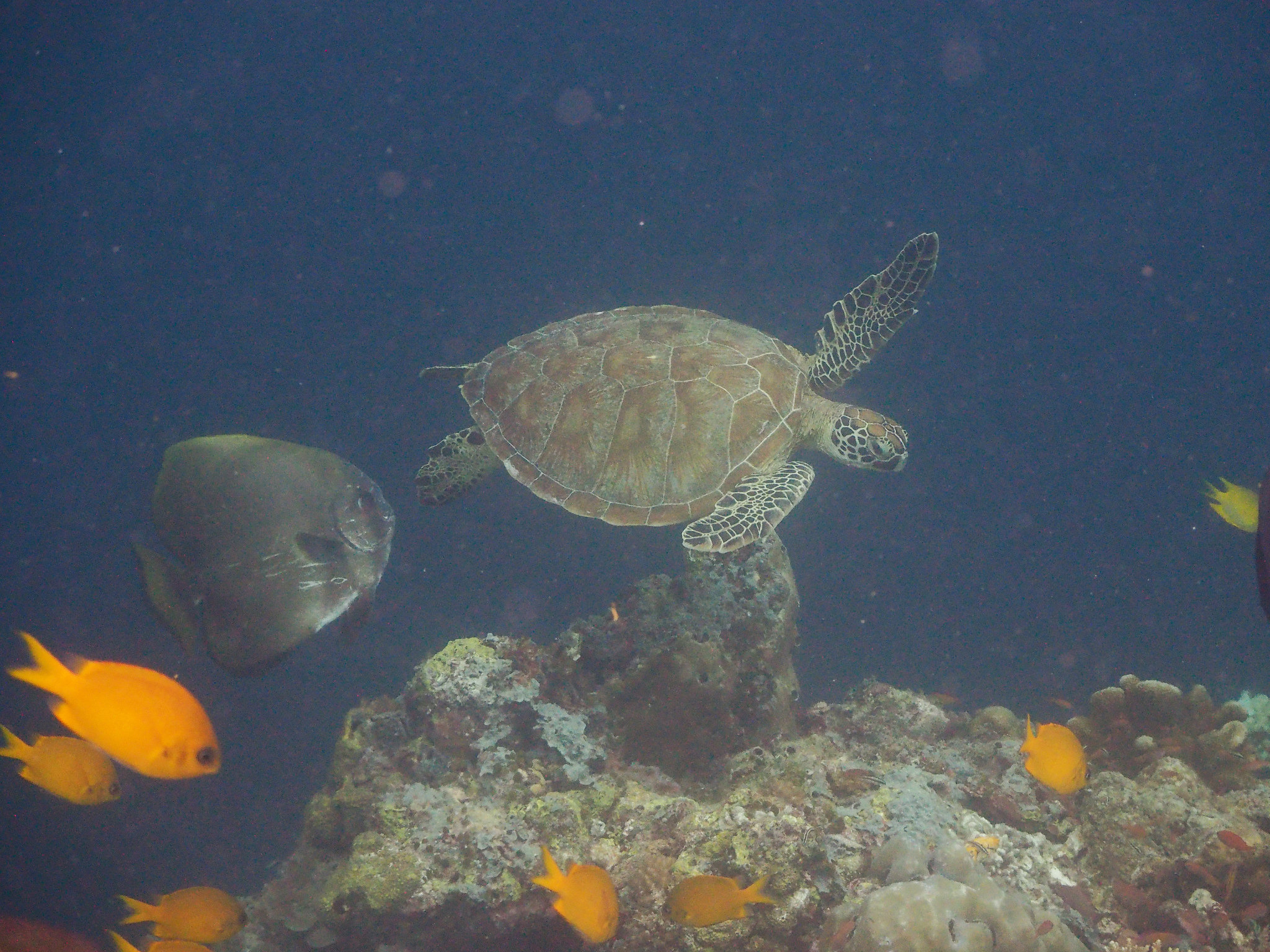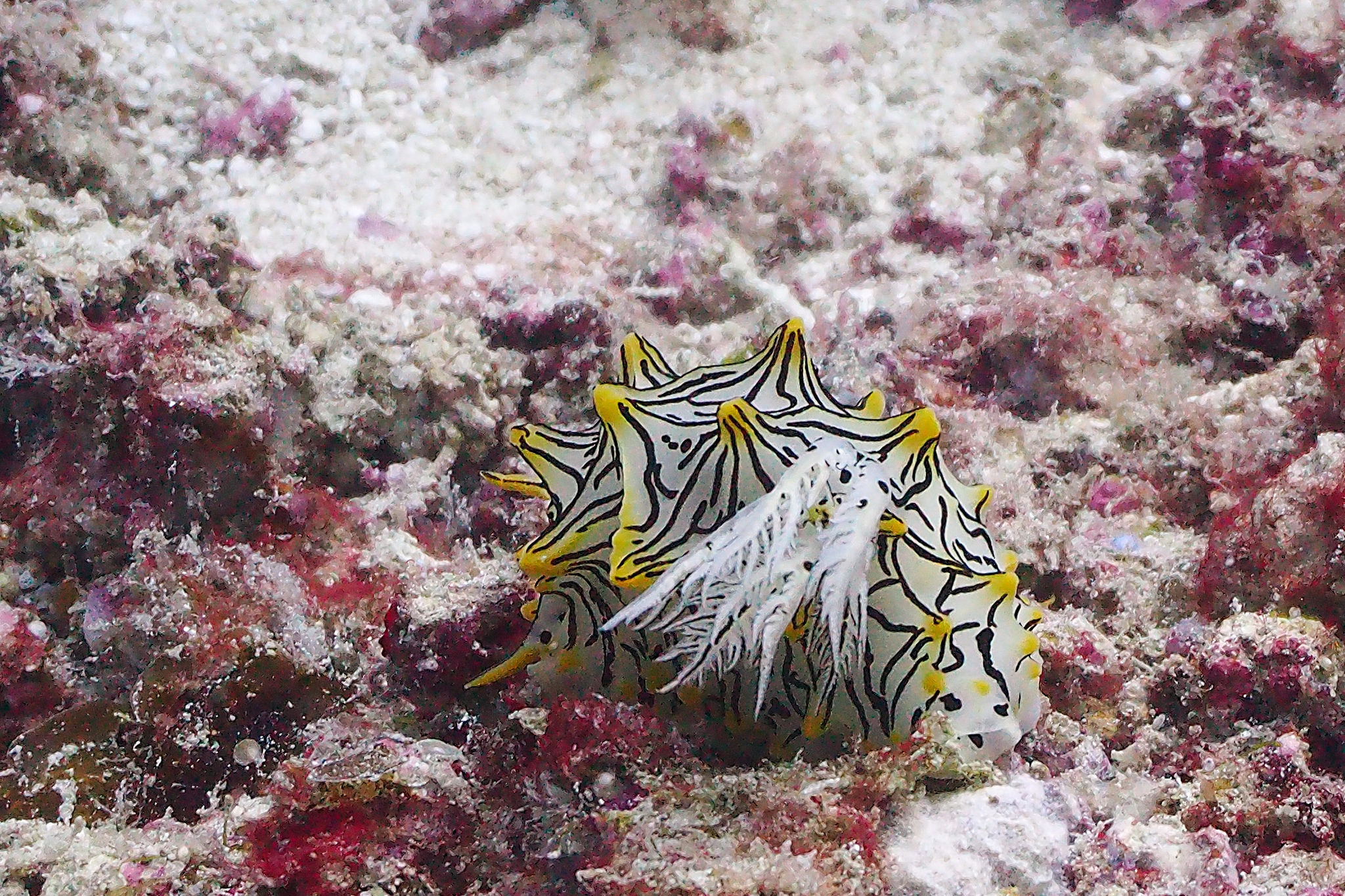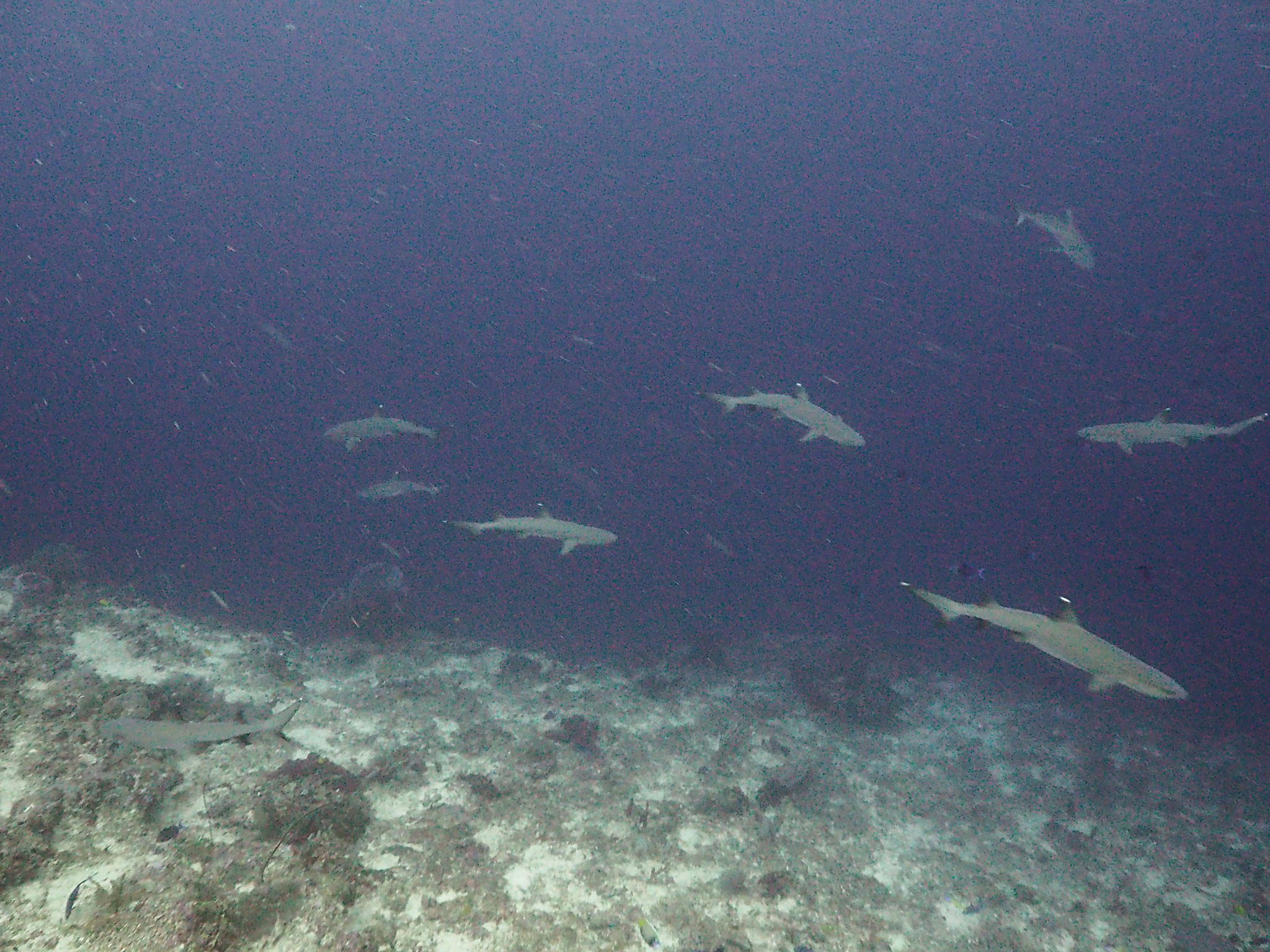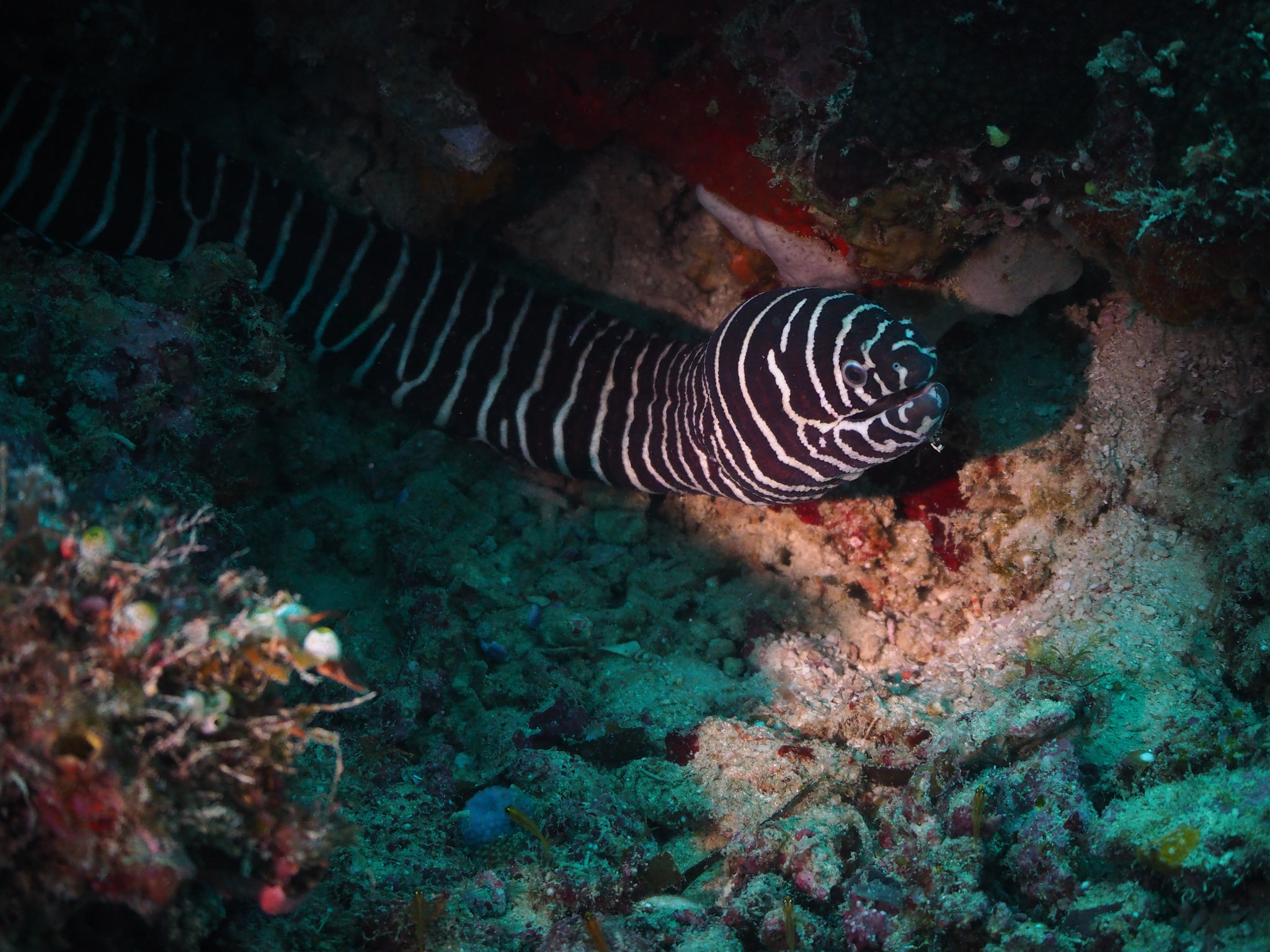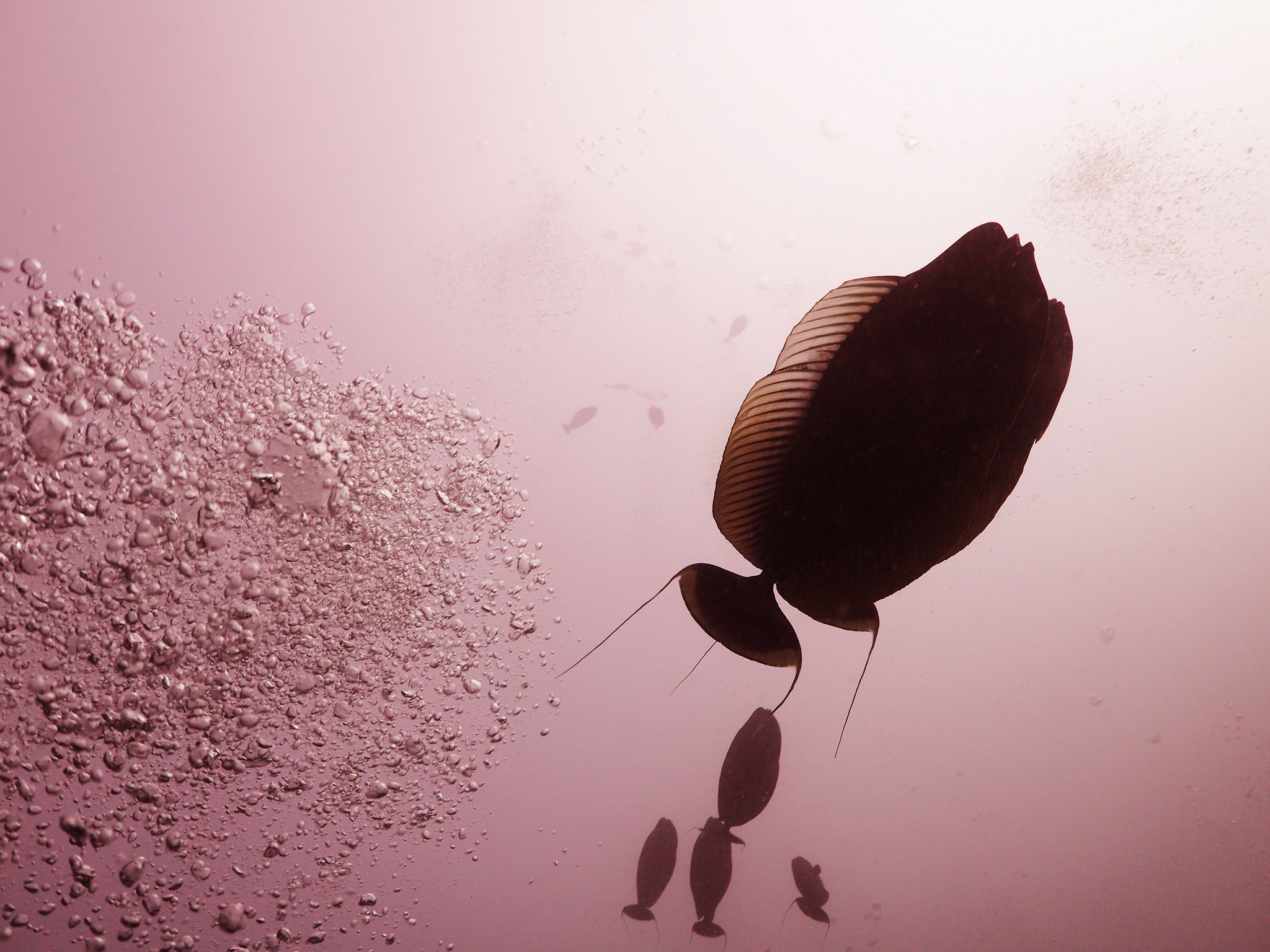Once-In-A-Lifetime Experience
Diving Sipadan Island is a very difficult thing to do.
First off, there’s the fact that the whole South-East coastal area of Borneo (including the Kinabatangan area, unbeknownst to us at the time) is under a Travel Advisory by most governments, due to piracy and kidnappings that have happened there recently. So off the bat, that leaves a bit of a bad taste in your mouth.
Secondly, even if there wasn’t a travel advisory, the place isn’t exactly simple to get to. Tuwau is the closest airport to Sipadan, but it’s on the mainland around 70 kilometers away. Most boats leave from Semporna, the dirty little town closest to Sipadan, but it’s 50 kilometers from Tuwau and a rough taxi ride. From there, you can either take a boat to either Mabul or Kapalai Islands and stay there, or you can ride out right to Sipadan to the tune of an hour and a half each way.
Thirdly, you can only dive Sipadan if you have a permit, and they only issue 120 of these every day. You can’t stay on Sipadan Island, either, so it’s very well regulated.
All this adds up to, of course, big bucks. Sipadan permits are a hot commodity out here, and most dive resorts won’t even issue them to you unless you stay at least four nights, whether or not you want to or not. This isn’t all bad, however, as it does give you time to dive around Mabul and Kapalai island, which most resorts throw in with the accommodation. These islands, though not on the same level as Sipadan, do offer good environments for learning and occasionally some fantastic diving on their own.
But the real jewel here is definitely Sipadan. So why go through all of this trouble, you might ask?
Well, there’s a reason that Sipadan is pretty consistently ranked the number one dive site in the world.
We saw so many Green Turtles, and it never got old.
Sipadan is unique insofar as, unlike the other islands in the shallow seas that surround Borneo and the Indonesian archipelago, it’s surrounded by water that is literally thousands of feet deep. Sipadan Island is what’s left of a very ancient volcano rising up thousands of feet from the ocean floor, and the very peak of it is surrounded, like a halo, by a beautiful coral reef. This deep-ocean-meets-coral-reef setting results in a place which is uniquely situated to receive all kinds of marine life, including enormous schools of jackfish, barracuda, bumphead parrotfish, large reef sharks, hundreds of sea turtles, and some interesting creatures that, once in a while, swim up from the deep blue. To top all of this off, the corals and colors are fantastic to see in water that regularly has visibility up to 30 meters (100 feet).
So all of this is what we were hoping to see after setting out from Semporna for Mabul Island, the home of Scuba Junkies Dive Resort, and our home for the next few days.
These kids are fishing for (presumably) their dinner off of Mabul Island.
Mabul is a very small island about a 20-30 minute boat ride from Sipadan, and about an hour from Semporna. The island itself is pretty unique – though there are probably ten or twelve diving resorts that operate on the island, the vast majority of it is made up of a thriving little town. Keep in mind that Mabul has no fresh water, and no other discernable resources to speak of, so it’s miraculous that an island this small can have a population this large while importing basically everything that they need to live.
There's more people that live here than can fit on the island, so almost everyone lives in stilt houses built over the water.
Remarkable or no, the town on Mabul really did show us the other side of Malaysian society. You see, as one of the ‘Little Tiger’ economies from the nineties, Malaysia really improved it’s economy and standard of living for its people to a point where, if you’re walking around in Kuala Lumpur, you’d swear that you were in a tropical Vancouver or Chicago. Most of Malaysia seems to follow this trend – Kota Kinabalu and Sandakan were both relatively pleasant and clean cities as well.
Mabul, however, was anything but. With no proper waste facilities to dispose of their garbage, the entire island is completely inundated with it, so that it seems like the entire town was built on one big landfill. Predictably, it seems like most of the population live at or near the poverty line, and with little hope of upward mobility while they stay on the island. As we were walking around the place, we walked past a graveyard that was filled with tiny graves for children, and some of the live kids we did see had blonde hair - pretty much impossible for Asian folks and a surefire sign of malnutrition. As the rest of Malaysia moved on from it’s past as a third world country, the residents of this beautiful little island got left behind to rot on their garbage heap (other than the areas cleaned spotless by resort staff, of course).
One side of the island looks like this...
...and the other looks like this.
It doesn’t seem like anyone has told the residents though – they were probably the friendliest people that we met in Malaysia, and it was the first real glimpse of any significant kind of Malay culture at all, which was very refreshing for us. It gives one hope that no matter how dire the circumstances seem, hope prevails and happiness is only a smile away, even for the most humble.
You find the happiest people in the most humble surroundings.
But even so, we didn’t come to Mabul for a missionary assignment, or reminiscing over the plight of the people – we came to dive the damn thing. And dive the damn thing we did.
Showing off.
Note that this fish is actually only half of Rachel's size, not double.
Rachel spent the first few days on Mabul getting her Advanced Open Water certification with PADI in preparation for Sipadan. You don’t technically need an Advanced Open Water certification to do anything, but many dive shops require it before heading to the more challenging dive sites, if only to know that you’re responsible and safe in the water under adverse conditions. Unfortunately, Sipadan was one of those sites due to the strong currents that are known to hit the place from time to time.
So we spent the first few days on Mabul and Kapalai, getting our legs under us and doing some ‘macro’ diving. ‘Macro’ diving is where you go looking for small things, like seahorses, nudibranchs, shrimps, and lobsters. We saw many of these over our first few days there, but unfortunately due to lack of equipment we didn’t get any pictures. Many thanks to our friend Adam Wunker for providing most of these pictures to us, we don’t know how we would have done this post without him!!
Finally, our last day was our Sipadan day. Scuba Junkies had ran out of permits, so we went with Uncle Chang’s, another dive resort on Mabul. What can I say!? The diving was fantastic. The life was incredible. The visibility was amazing. And the currents were practically non-existent, a big comfort to myself and especially Rachel. We saw an amazing variety of sea-life at Sipadan, and we had the best wall dive (where you dive along a wall that descends into the deep at a specific elevation) that I think I’ve ever experienced.
Blue-Spotted Ribbontail Ray
Well, at least until we got to the Komodos.
But you'll have to wait for that story.


